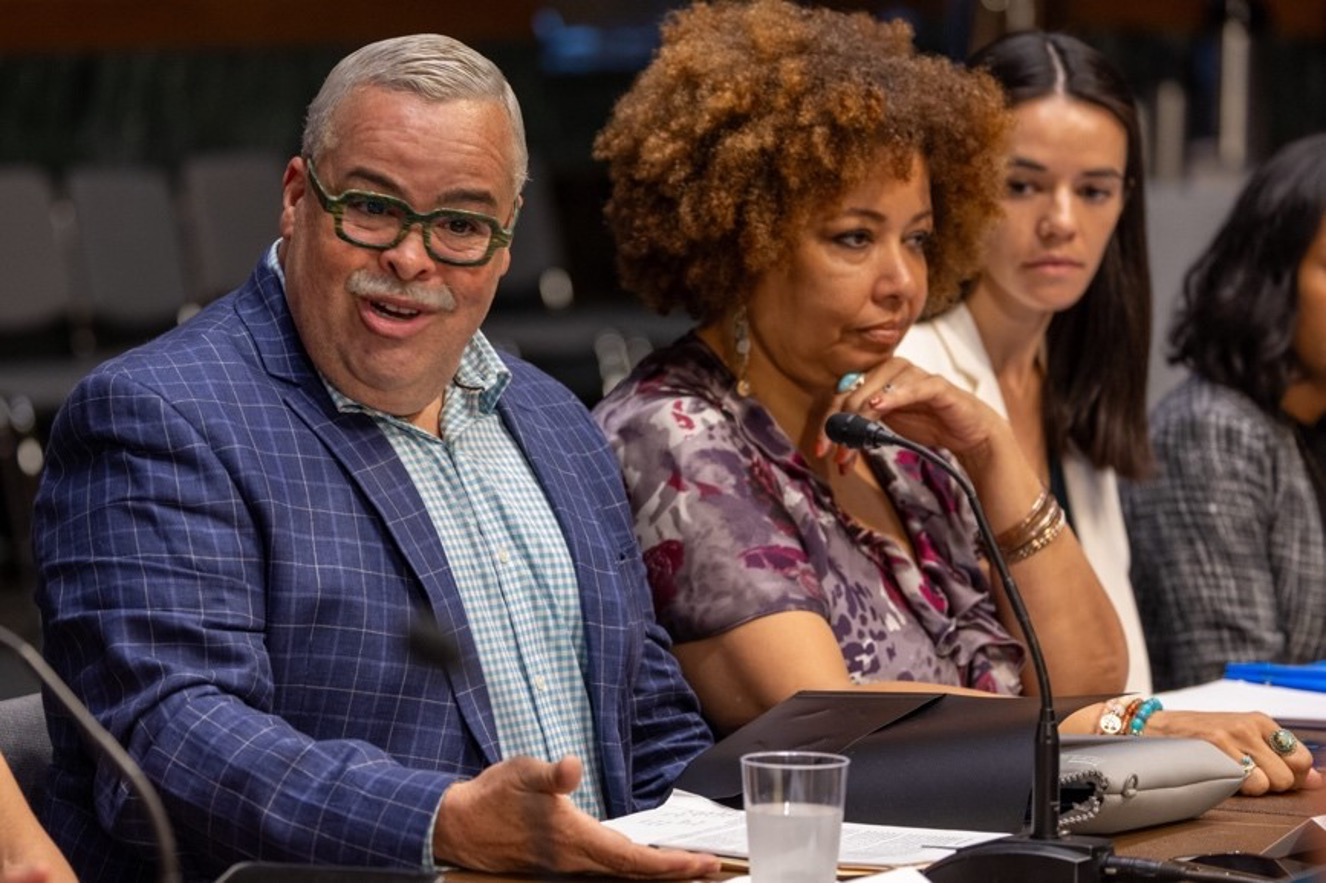Student loan forgiveness is good – but it’s not enough. We need action on medical debt.
Last month, the Biden administration announced that it will forgive $1.2 billion in student loan debt for over 150,000 borrowers – an important and necessary move to provide relief for those still paying on loans over a decade after pursuing higher education.
While student loan forgiveness should be celebrated, millions of people in the U.S. are still waiting for relief on another form of debt – medical debt.
People want policymakers to act and President Biden has an important opportunity to reaffirm the administration’s commitment to economic security by connecting medical debt more closely to his economic agenda in the State of the Union on March 7, 2024.
President Biden can do this by speaking to people’s real-life experiences with medical debt and by committing to additional administrative actions that will alleviate the very unfair burden of medical debt.
Carrying any amount of medical debt, whether small or large, can upend the lives and financial stability of people who simply needed medical care. And in many cases, the high cost of care has resulted in people foregoing important preventive care altogether. This is a uniquely American problem.

One hundred million people – that’s 4 in 10 adults – have some form of medical debt. According to a 2020 report from The Commonwealth Fund, 37 percent of people with medical debt used up all their savings to pay off their medical bills; 40 percent received a lower credit rating because of their medical debt; and one-quarter were unable to pay for necessities such as food, heat, or rent.
37% people with medical debt used up all their savings to pay off their medical bills
Kaylynn of Georgia is one of millions who have been affected by the outrageous cost of medical bills. Kaylynn had a cyst so painful she could barely move. At first, she was seeking treatment at urgent care, which was costing her $300 out-of-pocket per visit, but the cyst kept returning. After getting care, she was left with a $20,000 bill. Eventually, thanks to support from our partners at Dollar For, she learned that she had been eligible for financial support – and that the bill she received was significantly higher than it should have been.

“It made me so mad,” Kaylynn said. “My biggest issue is life, liberty, and pursuit of happiness — and how the health care was set up almost took out all three of them.”
Recent data from a KFF poll shows that nearly 3 in 4 adults are worried about being able to afford unexpected medical bills (74%) and the cost of health care services (73%). The cost of health care is a top concern for over half of most adults, more so than other everyday expenses, such as gas, utilities, food, housing costs, and the cost of prescription drugs (55%).
And, while medical debt can impact any of us, it doesn’t impact us all equally. Due to racism, classism, and other forms of oppression, Black and Latinx adults carry a disproportionate burden compared to white adults. People living in states that refuse to expand Medicaid, primarily in the South, also report higher rates of medical debt.
The Biden administration clearly understands the importance of addressing the medical debt crisis. Since taking office, the Biden administration has:
- Taken steps to prevent all medical debt from impacting credit scores, which would immediately help people like Misty from Colorado: At age 23, Misty underwent life-saving heart surgery, leaving her with $200,000 in medical bills and unable to divorce her abusive partner. Because medical debt had destroyed her credit score, Misty could not get housing, a car, or a credit card on her own, forcing her to stay in an abusive relationship for 20 years. Misty studied and got her license to be an insurance provider, but she could not get a job because prospective employers checked her credit as part of the hiring process.
- Worked to rein in the promotion of predatory deferred interest credit cards in health care settings, which would protect people like Sarah from Connecticut, who spent years trapped in medical debt because of deferred interest cards: “I had no idea what my other options were, only that the medical office told me this card was the best option, so I believed it. It was predatory. And it stopped me from contributing to other areas of the economy. I couldn’t buy a car, go out to dinner, or purchase other non-necessity items because all my money was going toward that card. I had no idea what kind of hole I was getting myself into. If our medical system requires going into this kind of debt, then our medical system is broken. And something needs to change.”
- Taken steps to better understand the role that hospitals play in contributing to the medical debt crisis – with increased focus on non-profit hospitals that are operating more like for-profit entities. People like Sahida in Illinois, whose experience inspired her to act, are urging for more protections and enforcement: “I went back to the hospital to make clear that we were eligible for financial aid, and they apologized.” Ultimately, the hospital eliminated their debt — which made it possible for Sahida’s husband, Arturo, to continue to see his neurologist for continued and essential care.
- Worked to address the gaps and inconsistencies in dental coverage, a leading driver of medical debt, which would improve the ability for people enrolling in marketplace coverage to get dental benefits for people like Carol in Wyoming: “My dentist’s office threatened to have me arrested & jailed when I had trouble paying the bill for a tooth extraction that turned into urgent dental surgery. The dental receptionist demanded cash on the spot. I wound up not paying my other bills to get out from under the dental bill. This is not how I expected my life in retirement to be!”
The steps the Biden administration has taken are good and important. But there is more it can and should do to address the medical debt crisis on the scale that is needed. And the President has an opportunity to use the State of the Union to further build momentum.
People can’t afford to wait any longer. Through actions informed by advocates, community-based organizations, and impacted people, the Biden administration has the power to make a tangible difference in people’s lives and save millions of families from being saddled with medical debt.